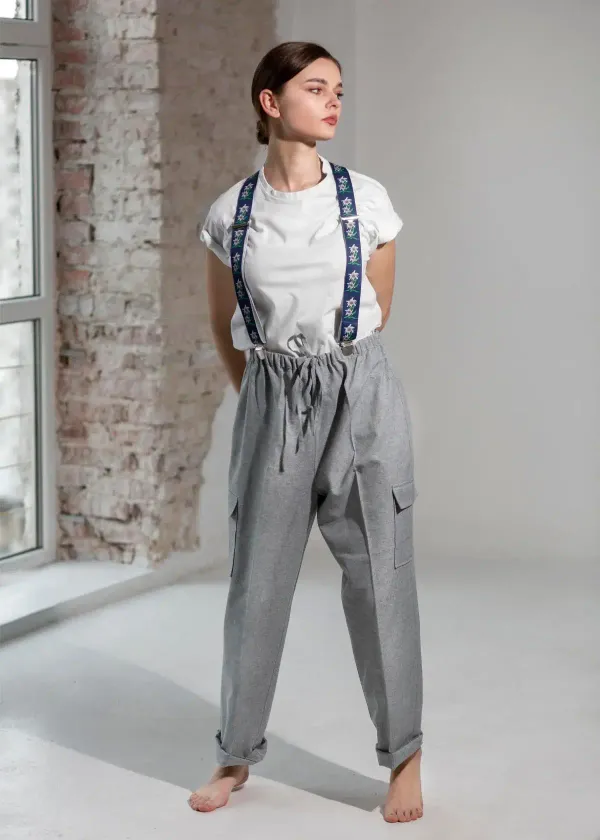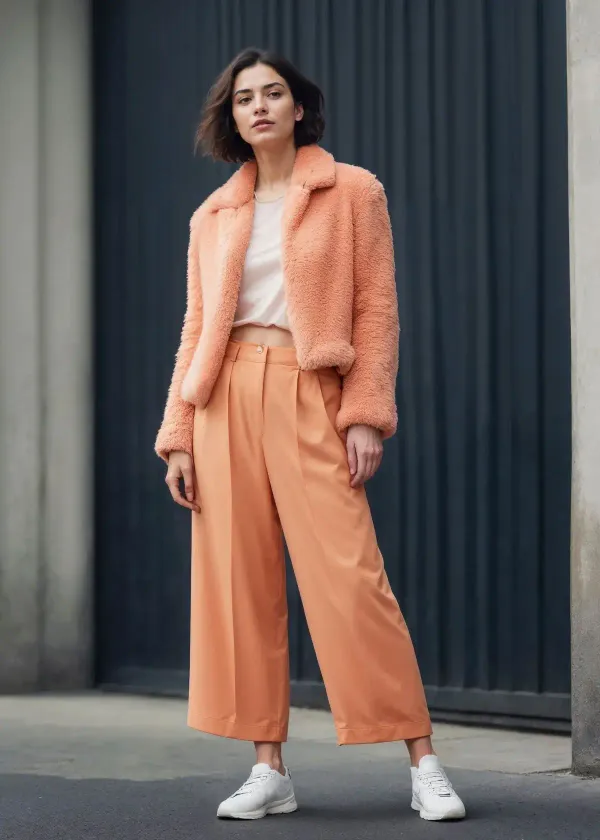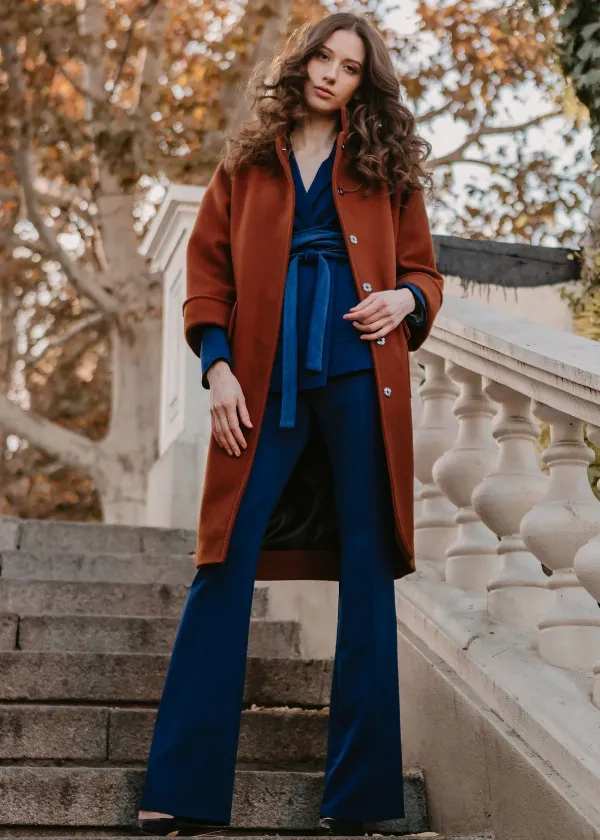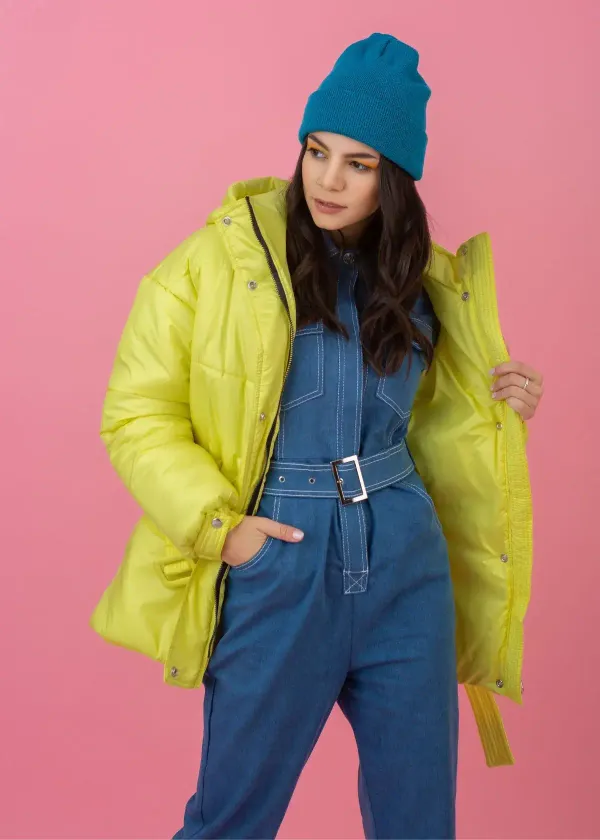Football is a contact sport that requires necessary protection to avoid severe injuries. One primary piece of equipment that is vital in football is the shoulder pad. A shoulder pad is an essential piece of equipment as it helps to protect the players' shoulders and vital organs from hits or collisions. Over time, the design of the shoulder pad has evolved to provide more safety and comfort to the players. The materials used in making shoulder pads have also improved over the years. In this blog, we will be discussing the different materials used in making football shoulder pads.
Outer Shell Material:
The outer shell of football shoulder pads is typically constructed from plastic or polycarbonate. These materials are popular due to their durability and lightweight. Polycarbonate is commonly used due to its resistance to impact, which means it can withstand hits and shocks better than other materials. The plastic material used in making shoulder pads is called ABS plastic, and it's known for its toughness and shock resistance. The outer shell is highly resistant to impact and helps absorb the impact force during collisions.
Padding Material:
The secondary material used in making shoulder pads is the padding. The padding's primary function is to cushion the shoulders and ribs. The interior padding is usually made from high-density foam or closed-cell foam. Closed-cell foam is a new type of foam that offers more tremendous cushioning, and shock absorption and is more robust than high-density foam pads.
Nylon Straps and Buckles:
Nylon straps provide stability and keep the shoulder pad in place. It is a strong and flexible material that can withstand tension and pull. The nylon strap's quality is essential in football shoulder pads, as it determines the longevity and functionality of the pads. The buckles in shoulder pads are typically made from high-quality plastic, ensuring they don't snap easily during impact.
Moisture Management Material:
Moisture management is another crucial factor in football shoulder pads. The body produces sweat during intense physical activity, making the players uncomfortable and distracting them. To address this, manufacturers use moisture-wicking materials that help to keep players cool and dry during games and practices.
Customized Materials:
Football shoulder pads come in different sizes and shapes, so manufacturers customize the pads according to the player's preference. For instance, some players may need thicker pads, while others may need more extensive shoulder padding. Manufacturers can also add more layers of foam padding in specific areas to provide maximum protection.
Football shoulder pads' primary function is to provide players with safety and protection. The materials used in making shoulder pads have evolved over time, and new materials have been introduced to provide more comfort and safety to the players. The outer shell, padding material, nylon straps, buckles, moisture management materials, and customized materials are all crucial in ensuring the shoulder pads provide maximum protection to the players. With this knowledge, players can make informed decisions when selecting their football shoulder pads, and coaches can ensure their players are well-protected on the field.
As a football player, your safety is of utmost importance. And when it comes to protecting your shoulders, you can't just rely on any set of football shoulder pads. You need the best of the best - shoulder pads that offer maximum protection and comfort. That's where we come in. After thorough research and reviews, we have found the best football shoulder pads out there. Click the link and discover your new favorite pair. Don't take any chances when it comes to the safety of your shoulders - invest in a top-quality set of shoulder pads today.
What is the recommended way to clean football shoulder pads?
Cleaning your football shoulder pads is crucial for both hygiene and longevity. To start:
- Disassemble the pads by removing the padding and straps.
- For the hard shell, use a damp cloth and a mild detergent.
- Avoid soaking, as excessive moisture can weaken the materials.
- For the padding, follow the manufacturer's guidelines.
Some are machine washable, while others require spot cleaning. Ensure all components are air-dried thoroughly before reassembly. Consistent cleaning not only prevents unpleasant odors but also ensures the structural integrity of the pads, extending their useful life.

What are the benefits of wearing rib protectors with shoulder pads?
Rib protectors offer several crucial advantages on the football field when worn with shoulder pads. They provide other protection for your ribs and vital organs, significantly reducing the risk of serious injuries resulting from tackles and impacts. Furthermore, rib protectors boost your confidence and comfort during the game, allowing you to focus entirely on your performance rather than worrying about potential injuries. Thus, investing in rib protectors is wise for any football player looking to prioritize safety, performance, and peace of mind.

What are some common myths about football shoulder pads?
There are several prevalent myths surrounding football shoulder pads. One of these misconceptions is that larger, bulkier shoulder pads offer superior protection. In reality, the key factors are the proper fit and the quality of the padding, not just the size. Another common myth is that only linemen need substantial shoulder protection. However, every position in football can benefit from shoulder pads tailored to their specific needs. Lastly, some believe that shoulder pads are maintenance-free. In truth, regular cleaning and inspection are essential to ensure that the pads remain effective and safe throughout their lifespan.

How should you store football shoulder pads during the offseason?
Proper off-season storage of your football shoulder pads is essential to ensure their durability and performance during the following season. Store the pads in a dry, excellent location, away from direct sunlight and extreme temperatures when not in use. If your pads have removable components like padding and straps, remove them to prevent moisture buildup and potential odors. Consider investing in a breathable storage bag to safeguard the pads from dust and insects. Besides, periodically inspect your shoulder pads for any signs of wear and tear during the offseason to ensure they are in optimal condition when the next season begins.

How are shoulder pads different for quarterbacks compared to other positions?
Shoulder pads for quarterbacks differ from those designed for other football positions due to the position's unique demands. Quarterbacks often prefer low-profile shoulder pads, prioritizing mobility and a wide range of motion. These pads typically feature a smaller, contoured shell and lighter padding. This design allows quarterbacks to throw accurately and move with agility. Conversely, players in positions with more physical contact, such as linemen, may opt for bulkier pads with other padding layers. These pads are designed to absorb impacts and reduce the risk of injury in high-contact situations, sacrificing some mobility for added protection.
Should I consider upgrading carbon fiber shoulder pads for enhanced protection?
Upgrading to carbon fiber shoulder pads is a wise consideration for players seeking top-tier protection on the football field. These pads are renowned for their lightweight yet durable construction. Carbon fiber effectively absorbs and disperses impacts, reducing the risk of injury. While carbon fiber pads may come with a higher price tag than traditional options, the enhanced safety benefits make them a worthwhile investment, especially for players who prioritize their well-being and are willing to invest in the highest level of protection. When deciding whether to upgrade, consider your playing position, style, and budget to make an informed choice.







